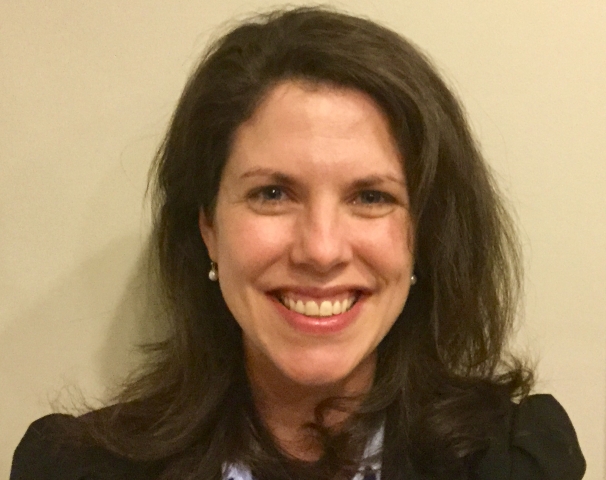
Beth Hallowell
In order to have an effective communications strategy, you need to know who your people are and what they care about. Beth Hallowell joins us today to share some ideas on how to do that. ~Kristina
Guest Post by Beth Hallowell
Every nonprofit communications team knows that the secret to good marketing is that it’s not about you. It’s about the people you serve, the ones you engage, and the ones that donate to your cause. It’s about who they are and what they need, the concerns they have, and how you can help them solve their problems.
But how do you figure out what people need and want? Unless you work at a small grassroots organization, you probably don’t know many of your organization’s supporters personally. This is where communications research comes in.
Communications research: What it is and why you need it
Since 2014, the American Friends Service Committee has been building a communications research team so that we can help our staff and supporters build lasting peace with justice in their communities.
Our team blends methods from cultural anthropology, such as in-depth interviews, with analytics and traditional marketing and PR methods – think focus groups, media analysis, and message testing. This helps us see who our supporters are, what they want, and whether we’re helping them achieve their goals.
We’ve developed five audience personas that have helped us get to know different segments of our list; analyzed dozens of media samples to understand what our supporters are hearing about us and the issues that matter to them; tested messages; and continuously gathered qualitative and quantitative data to see how our supporters are engaging with us.
Our research shows that our supporters care about a variety of social justice issues, not just one or two. We’ve learned that they see engaging with us as a way to make their communities better, broadly speaking. We’ve learned that they respond better to some messages than to others. And we’ve learned that the people who frequently engage with us online do so both by giving and through advocacy actions.
As a result, we’ve changed how we target emails and how we frame copy. We’re in the process of changing what kinds of engagement we offer our supporters. And we’re building a dashboard to communicate internally about how people are moving along the engagement path that we offer, so that staff can see the progress we’re making and where we have room to grow.
How you can do research on a shoestring
Our research team includes two full time staffers as well as school-year interns, but not every nonprofit can afford that kind of investment. Fortunately, you can do a lot of this research on a shoestring budget. Can you carve out a few hours each month and a few additional hours once a quarter? Do you have a phone and an email account and access to your organization’s web and/or social media analytics? Then you can do enough comms research to inform your strategy and yield results.
- Talk to your supporters. Commit to talking with a few supporters once a month for three months, via phone or email. Ask them how they are doing. Ask them what’s important to them in their lives. Ask them what’s going well for them and what’s not. Write their answers down and just let them simmer.
- Monitor media and online engagement. Then, for the next three months, check how the media is talking about the issues your supporters care about and about your organization. Try putting yourself in the position of those you’re talking to. What are they hearing about their issues and your work? At the same time, check to see what your supporters are doing online. What comments are they leaving on your Facebook posts? What content are they sharing from your website?
- Assess and test. With three months of listening and three months of observations behind you, see what patterns emerge. Does what you’re hearing from supporters line up with what they are doing on your website? Does the media provide a friendly environment for the issues your supporters care about? Do the messages you are sharing reflect your supporters’ values? Make a few small changes at a time based on what you’ve learned.
- Repeat. Then do another three months of interviews a few hours a month, followed by another three months of checking on the media and analytics that show web and social media engagement. Make this a separate task from tracking things like open rates on your newsletter or web conversions for specific campaigns, so you can see the big picture.
Continue to make small changes based on what you learn. Once a quarter, check in with your team to go over results. Take note of what works and what doesn’t. Soon, these small changes will add up to big improvements.
Beth Hallowell is a cultural anthropologist and the Communications Research Director at the American Friends Service Committee (AFSC). She solves problems with data. After nearly a decade working on public health problems in Latin America and the U.S., she has been solving communications problems at AFSC since 2014.






